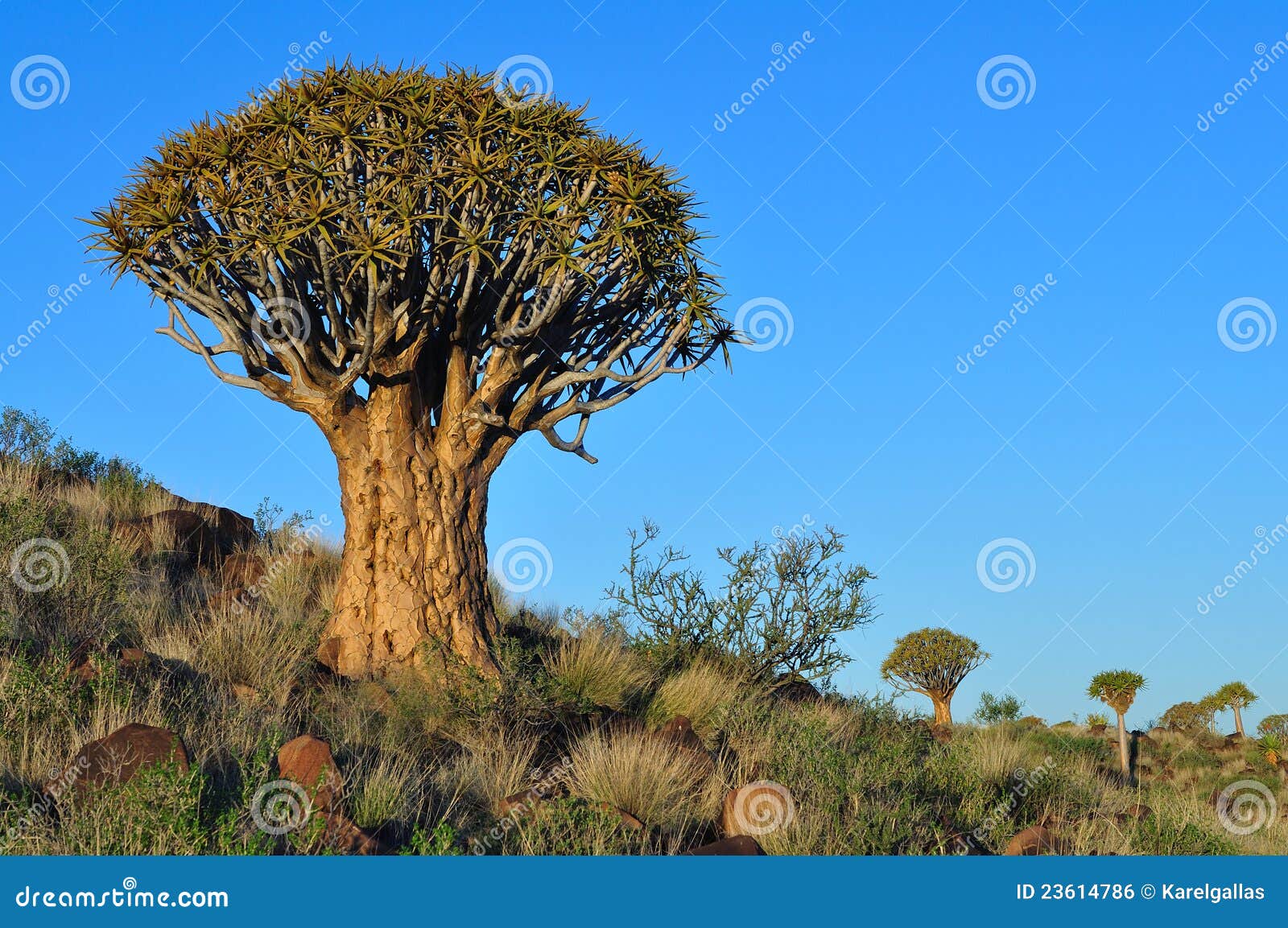

The quiver tree is an abundant species with a wide distribution and broad climatic tolerance. An arid system, one might think, is more likely to handle an increase in warm and dry conditions. Before anyone began asking what climate change would mean to the arid west, these trees were already on the move and have been for at least thirty years, if not more.įoden comments that this is probably the last place you would expect to find climate change happening. The behaviour of this tree aloe confirms the theoretical projections about shifting bioclimatic envelopes. The conclusion of Foden's study is that the desert is moving south. ©Shem CompionQuiver trees in Fish River Canyon, Nambia. This, asserts Foden, is highly convincing evidence that a changing climate is the culprit. They found similar changes in the distribution along altitudinal gradients. By counting trees in the photographs, they were able to see that populations in the far south, near Calvinia, showed an increase of about 110 per cent, while populations along the Orange River showed huge decreases. Painstakingly they visited the site of each photograph, found exactly the same vantage point, and re-shot the picture.Ĭomparing the old pictures with recent ones, they were able to confirm their findings. In case any doubt emerged about the interpretation of the data collected by Foden and her colleagues, her team resurrected photographs taken of quiver trees during the previous century. The quiver tree appears to be dying out in its northern range in Namibia and thriving down south in areas such as Nieuwoudtville in South Africa. The only way for a plant to shift its range is to become extinct at one extreme of its range while seedlings begin to propagate successfully at the other extreme. When we talk about plants shifting their range, bear in mind that they are not like animals which can simply uproot and physically move. But, as the desert moves south, so are the trees.


Until now, the quiver tree's southern range has probably been limited near Nieuwoudtville in the Northern Cape by higher rainfall and fungus. The trees also appear to be 'moving' southward as their bioclimatic envelope shifts south. They are retreating to higher altitudes, on cooler mountain slopes, while the low-lying trees are dying. Just as environmental scientists have been predicting, these trees are showing signs of taking refuge in envelopes of comfortable habitat. The slow growing kokerbooms occur mainly on rocky plains or slopes, storing water in their succulent leaves and fibrous trunk and branches.©Jacques MaraisQuiver trees in Niewoudtville, Northern Cape. They are also known as Kokerboom in Afrikaans, and they produce a bright yellow flower in June/July, common in the southern Namib Desert and the Northern Cape of South Africa. Flower spikes of the quiver tree are yellow, up to 300mm long and are held above the leaves.īirds, mammals and insects are attracted to the copious nectar and they can be grown from seed, but it requires dry conditions. The bark is smooth and yellowish, splitting and peeling with age and the branches are spreading and the leaves held erect. The trunk is up to 1m in diameter at the base, tapering upwards. The quiver tree is in fact the genus, Aloe, called Aloe dictoma in Latin, so therefore the Aloe family is officially a plant not a tree.Ī succulent usually 3-7m tall with a sturdy trunk 1m in diameter, it has a dense, roundish crown. These trees were given their name in the 17th century when bushmen hunter/gatherers were seen to manufacture quivers for their arrows from the bark of the branches. The quiver trees are endemic to the southern highlands of Namibia and grow in desert or semi-desert.


 0 kommentar(er)
0 kommentar(er)
